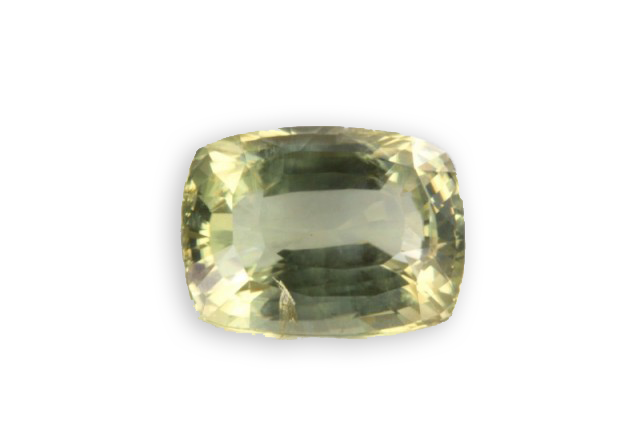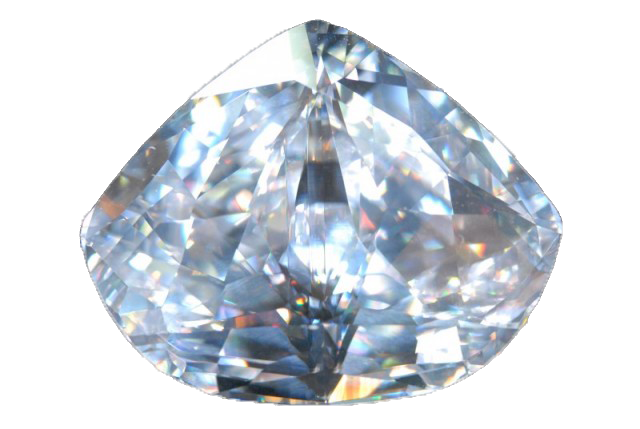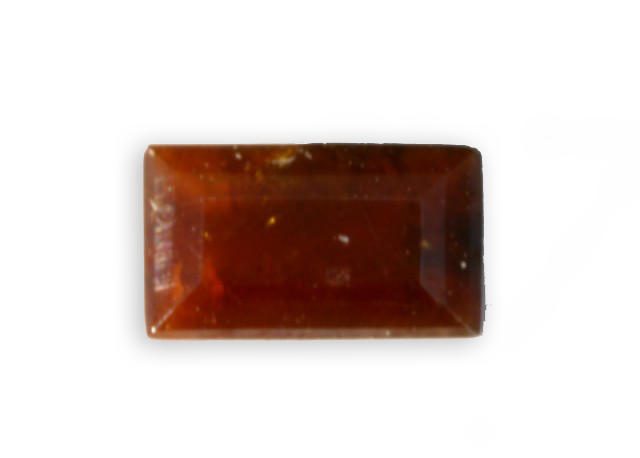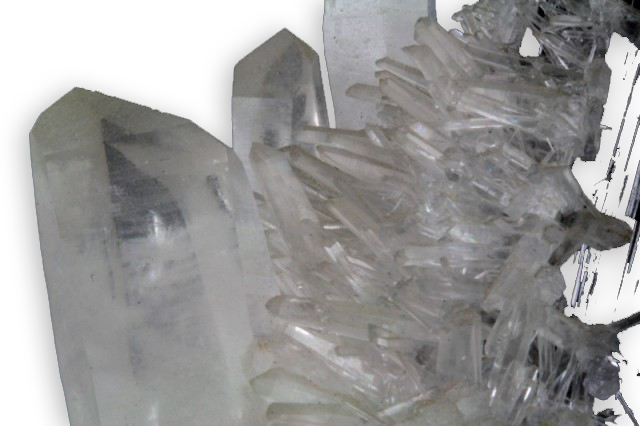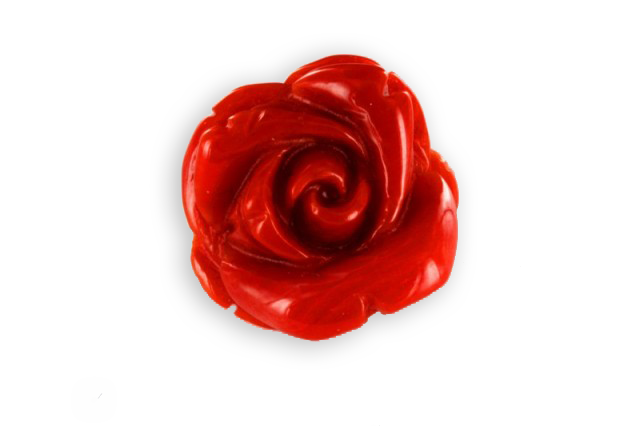orbicular diorite
Successively described and analyzed by many specialists since 1851, its a mixture of feldspar, hornblende, biotite (black mica) and quartz. It is considered an intrusive rock with a texture similar to “granite”, the term “granite” designating a hard stone used in civil engineering. The matrix

